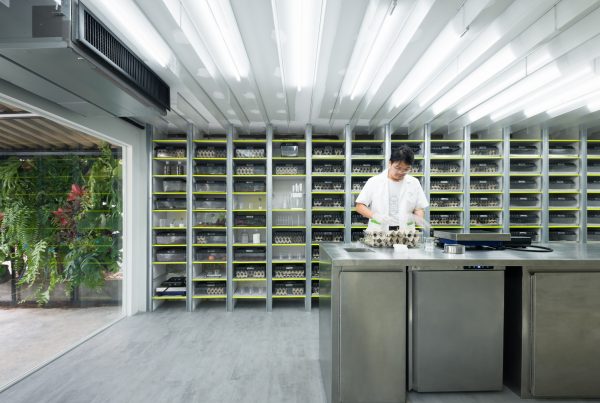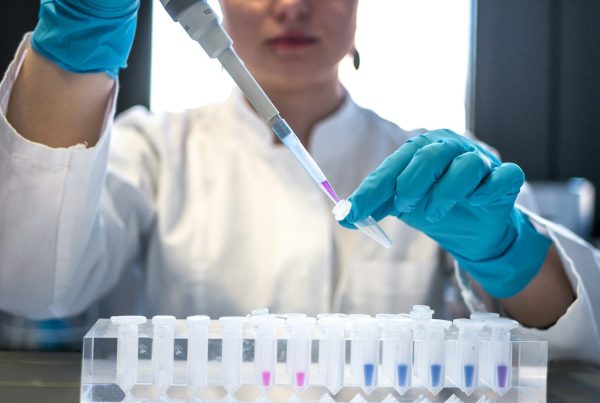In today’s rapidly advancing medical landscape, young people are increasingly exploring innovative ways to secure their reproductive and regenerative health. One such pioneering approach gaining traction is the practice of freezing their best cells. This process involves cryopreserving reproductive cells (sperm and eggs) and stem cells to optimize future health choices. Let’s delve into how this works and why it’s becoming an essential consideration for the younger generation.
What is Cryopreservation?
Cryopreservation is the process of cooling cells, tissues, or any other biological constructs to very low temperatures to preserve their viability. This technique is widely used for reproductive cells (sperm and eggs) and stem cells. The low temperatures halt all biological activity, including biochemical reactions that lead to cell death and DNA damage, thus preserving the cells for future use.
Why Freeze Reproductive Cells?
1. Extended Fertility Window
For many young people, balancing career ambitions, personal development, and family planning can be challenging. Freezing eggs or sperm at a young age can extend the fertility window, allowing individuals to pursue their goals without compromising their future reproductive choices.
Validated Citation: According to the American Society for Reproductive Medicine, egg freezing can significantly increase the chances of conception later in life, particularly if the eggs are frozen before the age of 35 .
2. Protection Against Age-Related Decline
The quality and quantity of reproductive cells decline with age, reducing fertility and increasing the risk of genetic abnormalities. By freezing eggs or sperm at their prime, individuals can mitigate these risks and ensure healthier reproductive outcomes.
Validated Citation: Research indicates that cryopreserved eggs from younger women have higher success rates in terms of fertilization and healthy pregnancy outcomes compared to those from older women .
Why Freeze Stem Cells?
1. Future-Proofing Health
Stem cells have the remarkable ability to develop into different cell types, making them invaluable for regenerative medicine. Freezing young, healthy stem cells can provide a safeguard against future health issues, including degenerative diseases and injuries.
Validated Citation: Studies show that stem cells can be used to regenerate damaged tissues, treat autoimmune diseases, and even repair heart tissue after a heart attack .
2. Access to Advanced Therapies
As medical technologies evolve, having a personal store of stem cells can facilitate access to cutting-edge therapies. These include treatments for conditions such as diabetes, Parkinson’s disease, and spinal cord injuries, where personalized cell therapy can be highly effective.
Validated Citation: The National Institutes of Health (NIH) highlights the potential of stem cell therapies in treating a wide range of conditions, emphasizing the importance of early cell preservation .
The Process of Cryopreservation
For Reproductive Cells:
- Consultation and Testing: A fertility specialist evaluates the individual’s reproductive health through various tests.
- Stimulation and Collection: For women, hormonal treatments stimulate the ovaries to produce multiple eggs, which are then collected. For men, sperm is collected via ejaculation or other medical procedures.
- Freezing: The collected eggs or sperm are frozen using vitrification, a fast-freezing method that prevents ice crystal formation, thus preserving cell integrity.
For Stem Cells:
- Collection: Stem cells can be collected from various sources, including bone marrow, peripheral blood, or umbilical cord blood.
- Processing: The cells are processed to ensure they are free of contaminants.
- Freezing: Similar to reproductive cells, stem cells are frozen using advanced techniques to maintain their viability for future use.
The Future of Cryopreservation
With ongoing advancements in cryopreservation and regenerative medicine, the potential applications of frozen cells are expanding. From enhancing fertility options to pioneering treatments for previously incurable diseases, the future looks promising.
Ethical and Practical Considerations
While the benefits are significant, ethical and practical considerations must be addressed. These include the cost of cryopreservation, long-term storage solutions, and the implications of future genetic technologies.
Validated Citation: Ethical discussions around cryopreservation emphasize the need for comprehensive guidelines and policies to ensure equitable access and responsible use of this technology .
Conclusion
Freezing reproductive and stem cells represents a proactive step towards securing one’s future health and reproductive choices. For young people today, it offers a unique opportunity to leverage medical advancements for long-term well-being. As research and technology continue to evolve, the practice of cryopreservation is poised to become a cornerstone of personalized health strategies.
References
- American Society for Reproductive Medicine. (n.d.). Egg Freezing. Retrieved from ASRM
- Cobo, A., et al. (2016). Use of cryopreserved oocytes in an ovum donation programme: a prospective, randomized, controlled, clinical trial. Human Reproduction, 31(7), 1520–1528. PubMed
- National Institutes of Health. (2020). Stem Cell Basics. Retrieved from NIH
- Mayo Clinic. (n.d.). Stem cell transplant. Retrieved from Mayo Clinic
- National Institutes of Health. (2020). Stem Cells and Diseases. Retrieved from NIH
- Hyun, I. (2010). The bioethics of stem cell research and therapy. The Journal of Clinical Investigation, 120(1), 71–75. JCI






